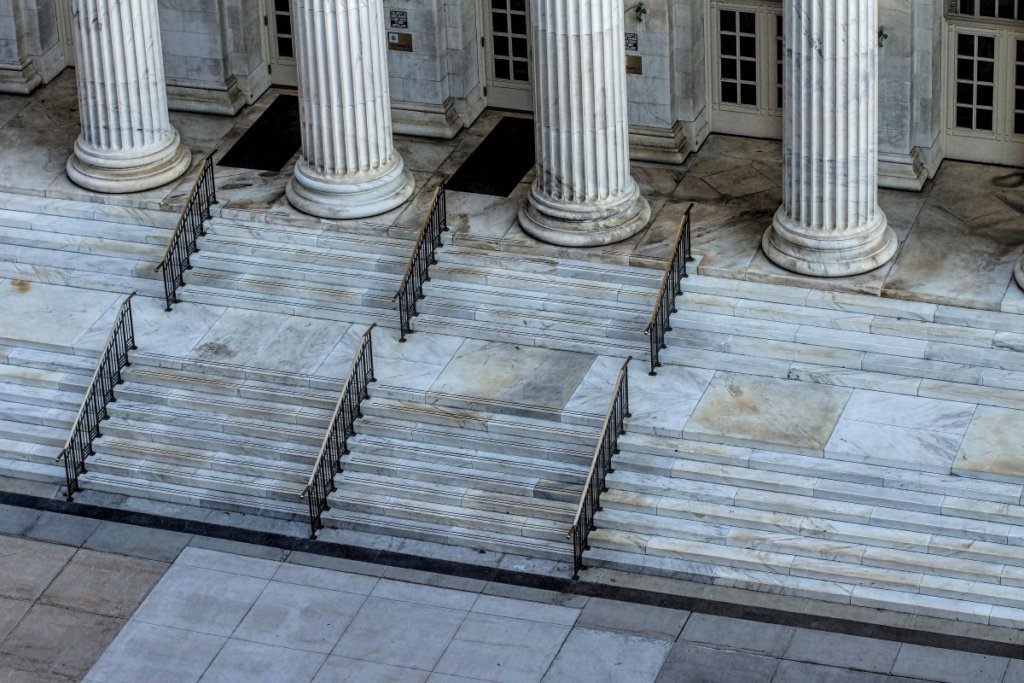
29.05.2020
Bankruptcy procedure and legal remedies
For the purposes of this entry, the legislative technique does not provide much. Here we will analyze which legal remedies can be asked for in a bankruptcy procedure.
 Por
Cobo Aragoneses, José Luis
Por
Cobo Aragoneses, José Luis Since 2003, the Bankruptcy Law has been modified many times. 16 years later, a revised text has been proposed to facilitate the work of the professionals involved. But again the controversy arises: Is it a recast text or is it a “vitaminized” recast text with new reforms?
Lawyers and even laymen in laws have assimilated that, with some exceptions, the resolutions of the first instance can be appealed against. And that we will have a second opportunity to present our arguments (with limitations) in the Provincial Court. This, although not a constitutionally recognized right, is understood to be an essential component of the right of defense.
And it does not matter if we are talking about civil, administrative, labour or criminal matters, etc. The system of appeals, although with different nomenclature, is very similar in all jurisdictions. In a way that, this concept has found residence in our collective imagination, becoming a universal truth.
Therefore, when in 2003 we read article 197.4 of the Bankruptcy Law (LC), we were shocked. Because a new system came on the scene that was called by the legislators:
“Deferred appeal”
It also reintroduced the notice of appeal (complaint) of the former LEC, which had been repealed in 2003.
The deferred appeal system was designed to prevent the bankruptcy procedure from losing its coherence as a result of constant appeals. It sought to group them together, excluding a direct appeal, and making the closest resolution serve that purpose.
And although the intention was good, the development was far from clear. Thus the original wording of 2003, plunged the legal world into a little chaos when collecting:
“4. Against the resolutions of appeals for reversal and against the judgments handed down in insolvency procedural pleas promoted in the common phase or in the agreement phase, no appeal will be possible, but the parties will be able to reproduce the matter in the nearest appeal provided that they have formulated a complaint within five days. “
Chaos, in which not only the lawyers but the judges themselves did not know very well what to expect. The only thing that was clear was that the appeal had to be announced in five days by means of a complaint. But once this was done,
Si te ha interesado este artículo no dudes en leer:
Who is eligible to apply for a Bankruptcy Procedure?
What was the next appeal? At what point did we have to file the appeal? How was it supposed to be done?
Our legislators decided to take advantage of the 2011 reform, to give a twist to the system. And they polished it up and clarified it, but they also tightened it up.
Thus, the new wording of paragraph 4 of Article 197 of the LEC (still in force):
“4. Against the resolutions of appeals for reversal and against the judgments handed down in insolvency procedural pleas promoted in the common phase or in the agreement phase, no appeal will be possible, but the parties will be able to reproduce the matter in the nearest appeal provided that they have made a complaint within five days. For these purposes, the appeal corresponding to the resolution to open the arrangement phase, the one that agrees to open the liquidation phase and the one that approves the advance proposal of agreement shall be considered the closest appeal. An exception is made for the judgments issued in the insolvency procedural pleas referred to in Article 72.4 and Article 80.2, which may be appealed against directly. This appeal will be preferential. “
Therefore, this new wording proposes two different channels:
Direct appeal
- Against resolutions that resolve (either in favour or against) rescission actions (72.4LC) and
- Against the resolutions of the Receivership refusing (rejecting) the separation of property owned by others (80.2. LEC)
Deferred appeal
“against the resolutions of appeals for reversal and against judgments handed down in insolvency procedural pleas in the common phase or in the agreement phase”
which are, essentially, the following:
- The order on the acceptance or rejection of the application for bankruptcy procedure (Article 20(2) LC)
- Resolutions on the appointment, challenge and dismissal of Receiverships and assistants, after the filing of an appeal for reversal (Article 39 LC)
- The decision on the provisional measure of seizure of property (article 48 ter LC)
- The order to sanction the Receiverships for not presenting a report within the legal period (Article 74. 4º LC).
- The Order against the modification of the list of creditors (article 97 bis.2 LC)
- The Order imposing a penalty on the Receiverships for failing to appear before the Creditors Committee (Article 117.1 LC)
- The Ruling that rejects the agreement for legal infringement of the its content or objective unfeasibility of its fulfilment (Article 129 LC)
- The sentence that declares the breach of the agreement (article 140.3º LC).
- The Order approving the liquidation plan in the terms in which it was presented, introducing modifications to it or agreeing to the liquidation in accordance with the supplementary legal rules (article 148 LC).
- The Judgment of qualification of the bankruptcy procedure (articles 172.4º and 172 bis LC).
- The Order of liquidation of the bankruptcy procedure of a natural person (Article 176 bis.4 LC)
- The Order of inadmissibility of the insolvency procedural plea (article 194.2º LC).
- The resolution declaring the opening of the agreement phase, approving the advance proposal of agreement, agreeing the opening of the liquidation phase, and those issued in the insolvency procedural pleas referred to in Article 72.4 and Article 80.2 (Article 197.4 LC).
- The sentences that approve the agreement, or those that resolve insolvency procedural pleas that arise later or during the liquidation phase (Article 197.5 LC)
- The sentence that resolves the challenge in insolvency procedural plea regarding the out-of-court settlement of payments (article 239.5º LC)
And, these resolutions must be appealed in the “nearest appeal”, which they are:
- The resolution that declares the opening of the agreement phase.
- The resolution approving the advance proposal of agreement.
- The resolution approving the agreement.
- The one that agrees to the opening of the liquidation phase.
- Those which resolve incidents arising in the liquidation phase.
As we can see, the system is clearer, since the closest appeals are known exactly. As an example, if the challenge of the Receivership is rejected, the appeal cannot be formalised until the resolution declaring the opening of the agreement phase. And so on.
But more restrictive, because, for example, the ruling approving the agreement is not one of the resolutions considered as the “nearest appeal”. So, with the approval of the creditors’ agreement, any insolvency procedural plea or reversal resolved in the agreement phase becomes final. Once the Order closing the common phase and opening the agreement phase has been issued, there is no further appeal.
Because, as Joe E. Brown used to say to Jack Lemmon in skirts ahoy. Nobody’s perfect!
If you have been interested in this article, we recommend you read the following ones:












